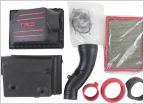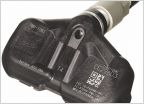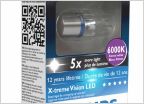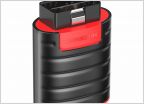-
Welcome to Tacoma World!
You are currently viewing as a guest! To get full-access, you need to register for a FREE account.
As a registered member, you’ll be able to:- Participate in all Tacoma discussion topics
- Communicate privately with other Tacoma owners from around the world
- Post your own photos in our Members Gallery
- Access all special features of the site
Gas Octane
Discussion in '2nd Gen. Tacomas (2005-2015)' started by BreezyTaco, May 9, 2009.
Page 40 of 51
Page 40 of 51


 Clutch slipping. Need advice.
Clutch slipping. Need advice. Need a stock air box and intake 2011 4.0
Need a stock air box and intake 2011 4.0 TPMS Sensors for 2015 Tacoma?
TPMS Sensors for 2015 Tacoma? Philips 921 Reverse LED
Philips 921 Reverse LED Code Readers
Code Readers
